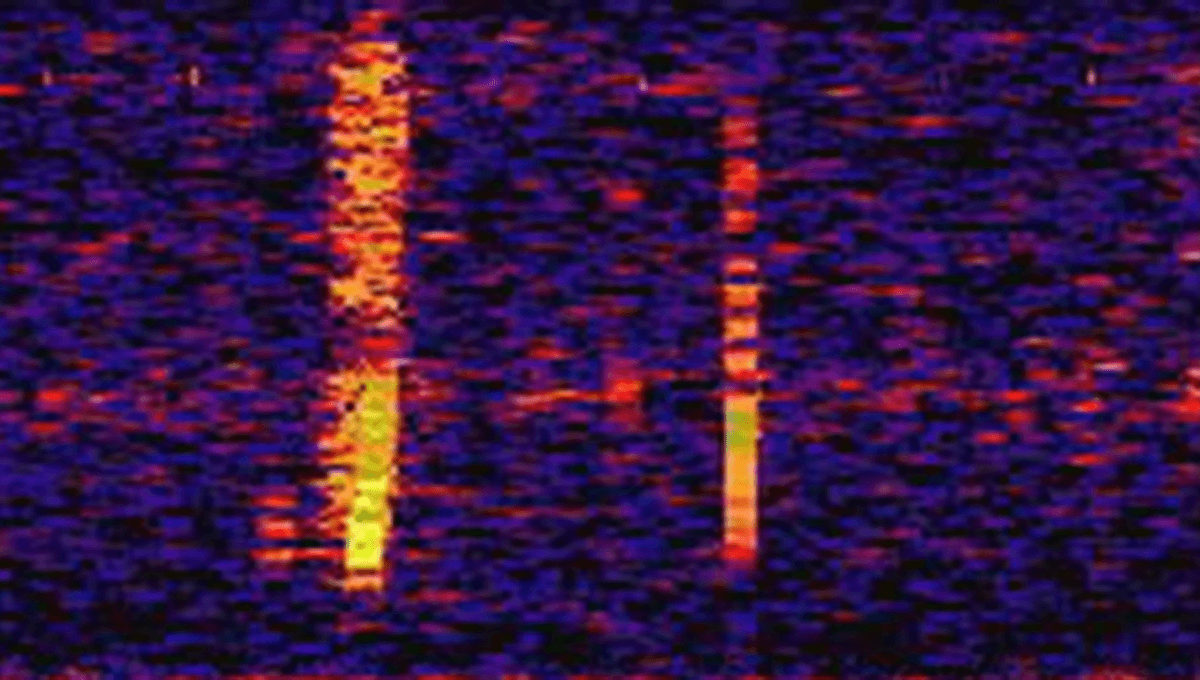
Point Nemo in the southern Pacific Ocean is said to be the most remote location on the planet. When ships pass through it, they are 2,689 kilometers (1,671 miles) away from the nearest land. When the International Space Station passes overhead, the nearest humans to the sailors are the astronauts on board the station, given that they are only 400 kilometers (250 miles) above their heads.
Given its isolation, and the fact that the currents there are host to few fish and fishermen, the area has become a graveyard for old spacecraft. As well as old satellites, retired into Earth’s orbit and into the area, the Soviet/Russian space station Mir met its end at the bottom of the ocean, in a particularly watery area of the world.
It was here, in 1997, that the U.S. National Oceanic and Atmospheric Administration (NOAA) detected a strange ultra-low-frequency sound. The sound, detected by hydrophones placed across the Pacific Ocean, was powerful, and incredibly loud, amongst the loudest ever recorded underwater.
The noise was a mystery, being so loud that it was picked up by hydrophones 4,800 kilometers (3,000 miles) apart. Some, including NOAA Oceanographer Chris Fox, speculated that the “bloop”, as it became known, could have been caused by a marine animal.
“There are a lot of things making noise down there,” Fox told CNN. “Whales, dolphins and fish, the rumblings of the Earth.”
No known animal is capable of producing such a sound, leading to some speculation that it could be a giant squid, or other unknown sea monster. However, at the time Fox also suggested what turned out to be the actual explanation.
“I think it may be related to ice calving,” Fox added. “It always comes from the south. We’re suspecting that it’s ice off the coast of Antarctica, in which case it’s darn loud.”
The NOAA has detected similar sounds to the bloop before, and has even used them to track the A53a iceberg as it disintegrated.
“The broad spectrum sounds recorded in the summer of 1997 are consistent with icequakes generated by large icebergs as they crack and fracture,” the Pacific Marine Environmental Laboratory explains.
“Icequakes are of sufficient amplitude to be detected on multiple sensors at a range of over 5,000 km [3,100 miles]. Based on the arrival azimuth, the iceberg(s) generating ‘Bloop’ most likely were between Bransfield Straits and the Ross Sea, or possibly at Cape Adare, a well know source of cryogenic signals.”
At least our spaceship graveyard isn’t also the hangout of some unknown giant kraken.
Source Link: In The Most Remote Point On Earth, Scientists Heard A Strange, Ultra-Low-Frequency Sound